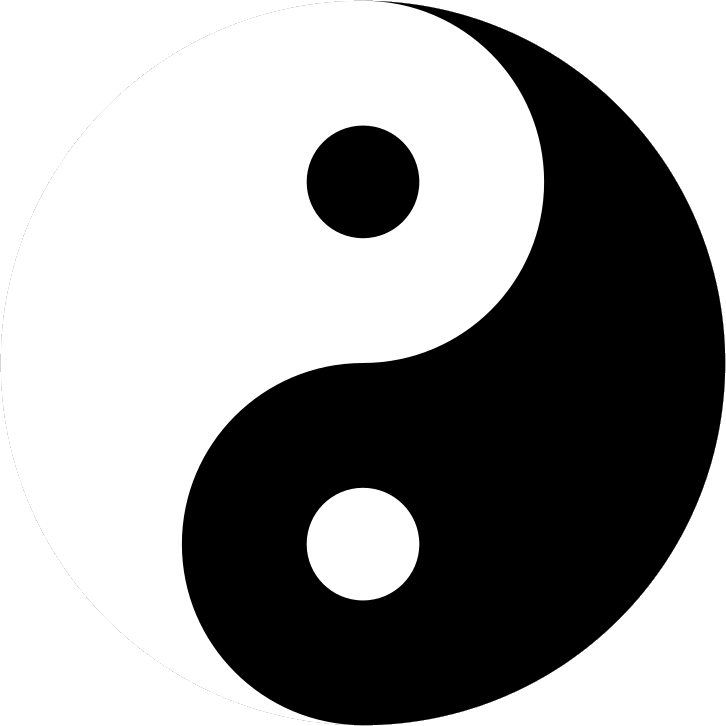
As detailed on the Onmyō page, the Taikyoku-zu symbol is the same for the Japanese Onmyō, the Chinese Yīnyáng and tàijí, plus the Republic of Korea's Taeguk, and innumerable temples of various Eastern religions.
The symbol is easily recognisable, and even though there are many variations in use, the basic meaning is the same.
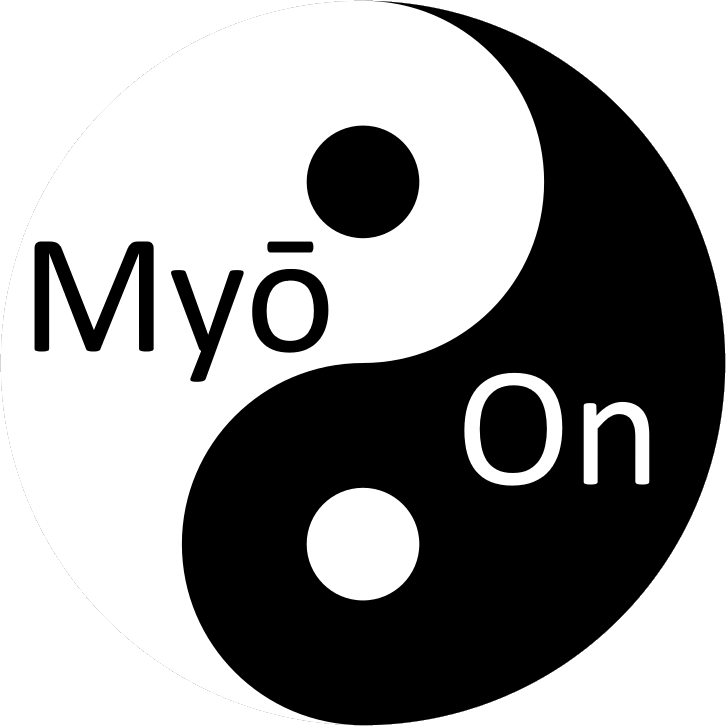
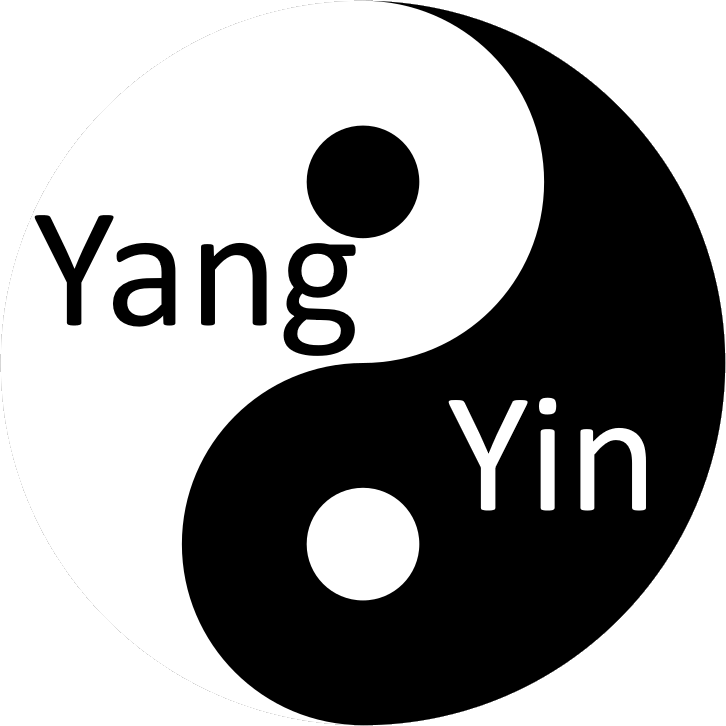
You'll notice that the white part of the symbol, 'Myō', is on the left, and the black part, 'On', is on the right. So why is this symbol called 'OnMyō', not 'Myō-On'? (Similarly in Chinese; Yin-Yang, not Yang-Yin.)
Well, the simple answer is that traditionally Chinese, Japanese, Korean and other Eastern and Middle Eastern languages read right to left. It's the same symbol and the same meaning, left or right. Just as a left-hand drive Toyota Corolla in the Republic of Korea, and a right-hand drive Toyota Corolla in Japan, is still a Toyota Corolla.
Orientation of the symbol, or even its mirror image, makes no difference to the name, or indeed the meaning.








That said, there may be stylistic or symbolic reasons for choosing one particular style.
A vertical orientation can symbolise growth or upward movement, rising potential and progression. In a spiritual aspect, a vertical orientation can represent the connection between the Earth and the heavens.
A horizontal orientation can symbolise balance and stability - harmony in a more grounded or earthly sense. The yin-yang forces are often seen as complementary opposites that need to work in balance. A horizontal layout can feel more stable and grounded,
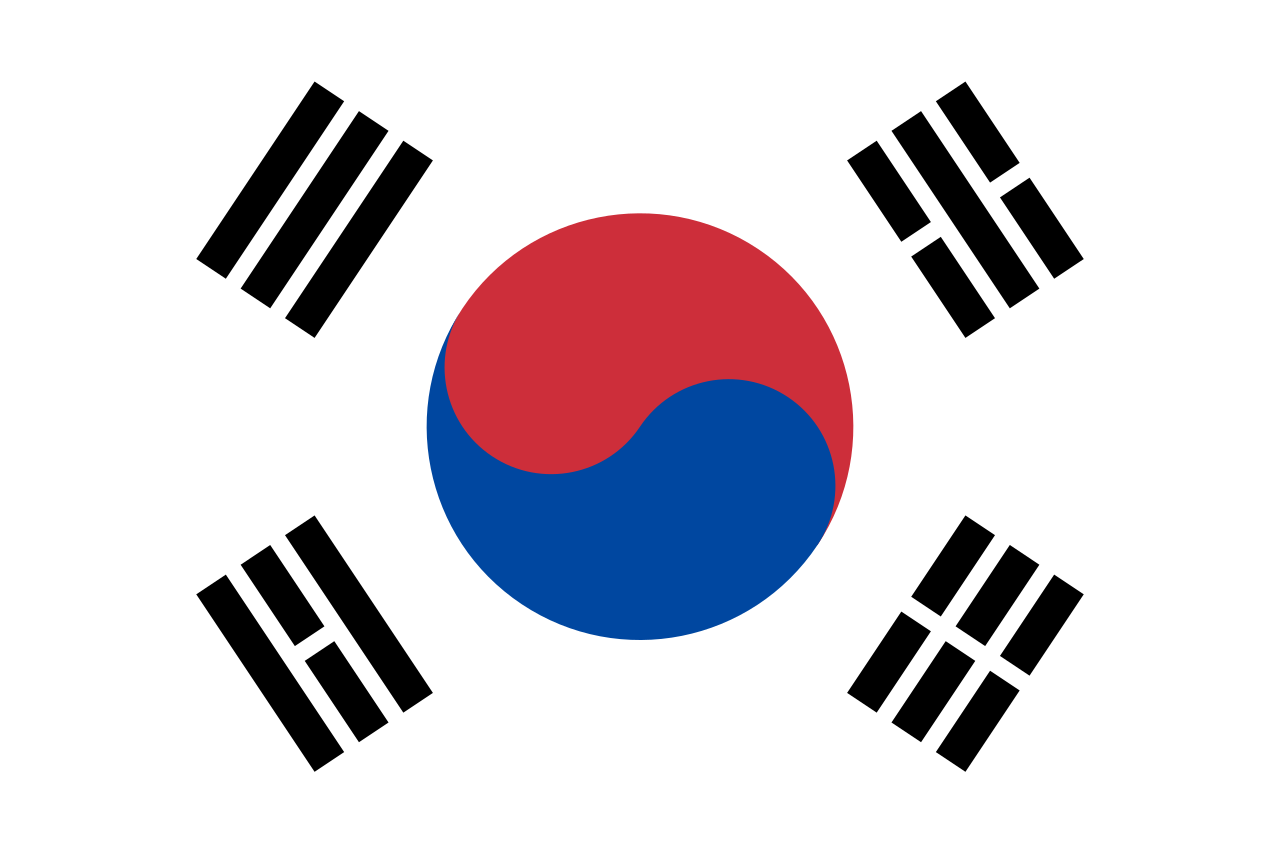
One example is the taeguk in middle of the Republic of Korea's flag, which emphasises the interdependence between the two forces, one above the other, in equilibrium, each supporting and balancing the other.
The taeguk colours were inherited from the Joseon dynasty flag, where the red upper part the 'Myō' representing positive energy, and the blue lower part is the 'On' representing negative energy.
The flexibility offers a way to emphasize different aspects of the OnMyō dynamic.
A fsh, of course!
Usually, the two "fish" in the Taikyoku-zu - one black and one white - each contain a dot of the opposite colour to symbolize that within each side, there's the potential for its opposite. Their presence or absence may seem to carry different meanings, but traditionally, there is no specific distinction in meaning based solely on whether the eyes are included or not.

If meaning is wanted, then the eyes may symbolize awareness, consciousness, or the potential for insight within the opposites. It emphasizes the dynamic and active nature of the forces. Each side contains the seed of its opposite, and the eye could represent the awareness or perception of this interdependence.
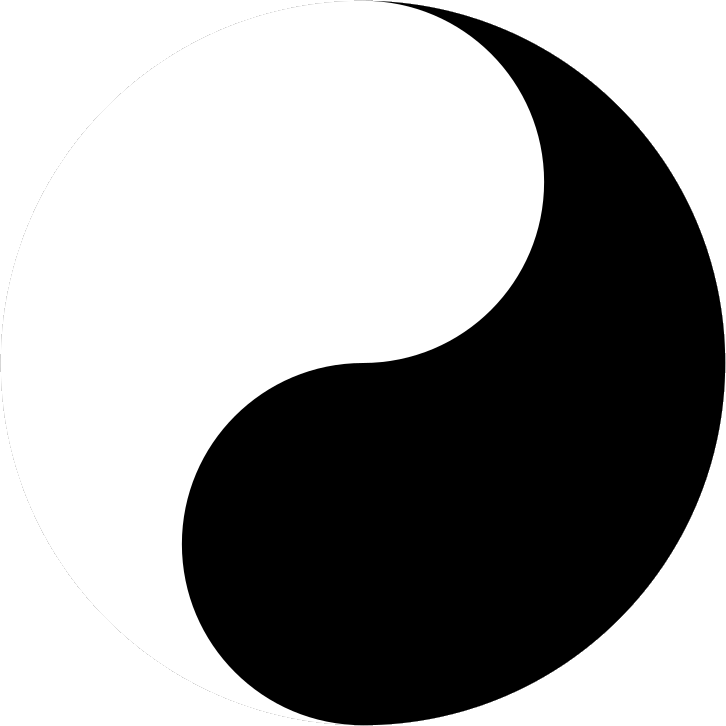
When the eyes are not depicted, it could symbolize the more subtle, underlying forces that don't need to be fully conscious or aware. This absence might emphasize the idea of balance and flow, where everything functions naturally without the need for active perception.
A further meaning is to do with the pareidolia phenomenon, where we can perceive faces in non-living things. This is a psychological phenomenon where we interpret vague or random stimuli, such as patterns or shapes, as familiar objects or faces, even when they don't actually exist.
Examples include, seeing faces (human, animal, fish, etc.) in clouds, rock formations, or even in the arrangement of objects like electrical outlets or car grills. Pareidolia is believed to be related to the brain's predisposition to recognize faces for survival. The eyes in the Onmyō fish make them seem more recognizable and anthropomorphic.
While the inclusion or omission of eyes might carry symbolic nuance, the primary meaning of the Taikyoku-zu remains centred on balance, duality, and interconnectedness. There isn't a fixed, universally agreed-upon meaning that differentiates the two variations with respect to the eyes, so it's more about artistic interpretation and subtle philosophical expressions rather than a clear-cut difference in meaning.
The eye-less fish in the above-mentioned Korean flag, show simplicity and balance, without introducing an element of consciousness or subjective interpretation. This is typical of traditional Korean art and design to omit distracting or superfluous detail.
The official Hex code is #CD2E3A for the red and #0047A0 for the blue. These are close to brick-red and cobalt-blue.